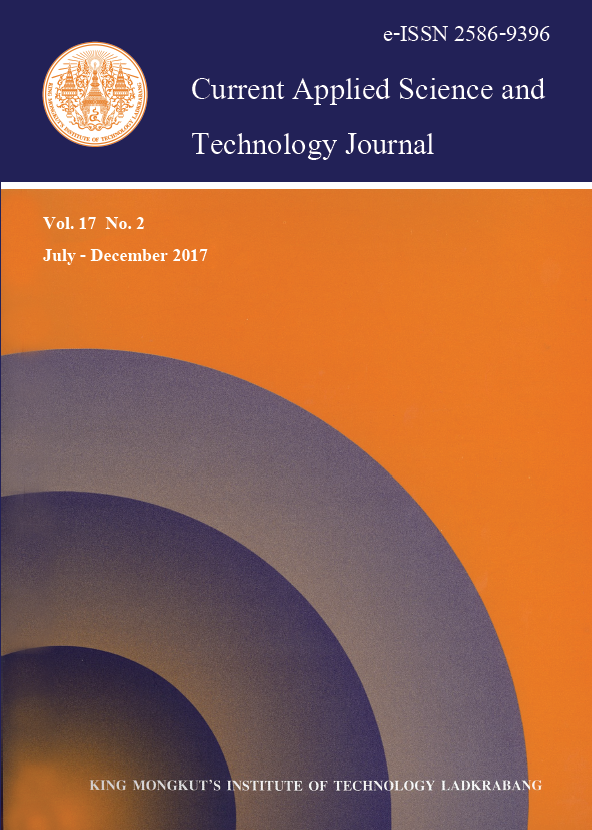This research compared the sensory and physicochemical characteristics of dried Spirulina (Spirulina platensis) using hot air drying (50ºC, 8 h) versus microwave vacuum drying (4800 watts, 40 min). Ten trained panelists received three months of training in terminology development, reference selection, intensity scaling (15 centimeter line scale) and warm up sample before conducting generic descriptive analysis. The sensory descriptive results identified 16 attributes of dried Spirulina: green-yellow color, particle size, four odors (fish, salty, seaweed, green), three tastes (salt, bitter, umami), three flavors (chicken, fish, algae) and four aftertastes (oily, bitter, pork, astringent). The method of drying (hot air versus microwave vacuum drying) affected the moisture content, color value (L*, a* and b*), total antioxidant activity, total phenolic compounds, color attribute, fishy odor, and seaweed odor of dried Spirulina with significant difference (p≤0.05). Microwave vacuum drying provided better color and aroma than the hot air drying (p≤0.05). The intensities of green-yellow color, fishy odor, and seaweed odor of Spirulina from hot air drying were 8.32±0.93, 5.83±0.77 and 8.10±0.51, respectively. Those from microwave drying were 5.27±0.80, 6.97±0.52, and 6.58±0.82, respectively. However, the taste, flavor and aftertaste of both dried Spirulinas did not differ significantly (p≥0.05). Nevertheless, the lower of total antioxidant activity and total phenolic compounds loss of dried Spirulina samples were found in sample from microwave vacuum drying. The two different drying methods used affected the physicochemical and sensory characteristics of dried Spirulina.
Keywords: Spirulina platensis, descriptive analysis, hot air drying, microwave vacuum drying
*Corresponding author:
E-mail: niramon.u@cmu.ac.th
Kuatrakul, I. ., Kuarthongsri, P. ., Yabuuchi, C. ., Somsai, K. ., & Utama-ang*, N. . (2018). Sensory Descriptive Analysis and Physicochemical Properties of Spirulinaplatensis from Different Drying Processes: Hot Air Drying and Microwave Vacuum Drying. CURRENT APPLIED SCIENCE AND TECHNOLOGY, 191-199.

https://cast.kmitl.ac.th/articles/128496